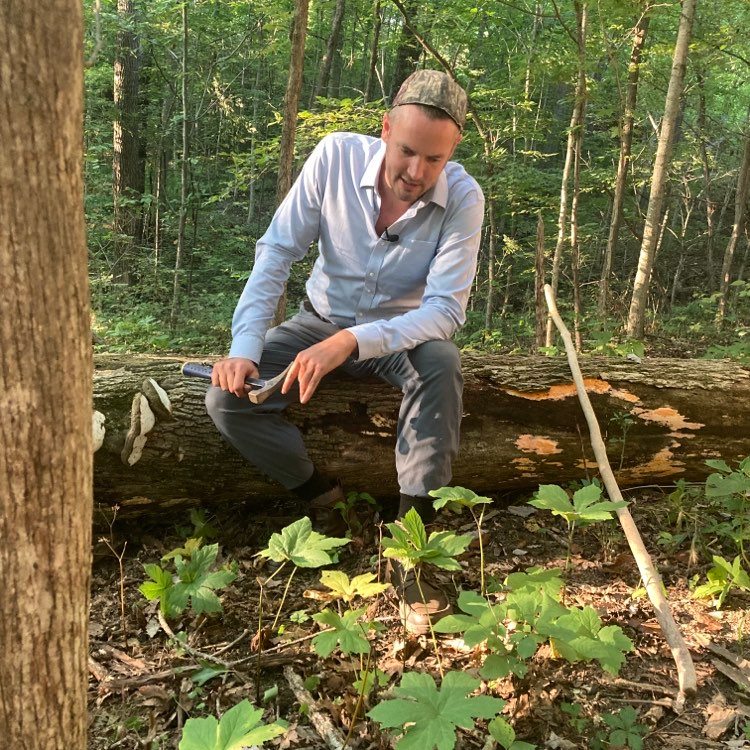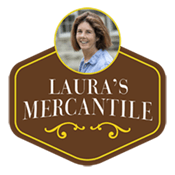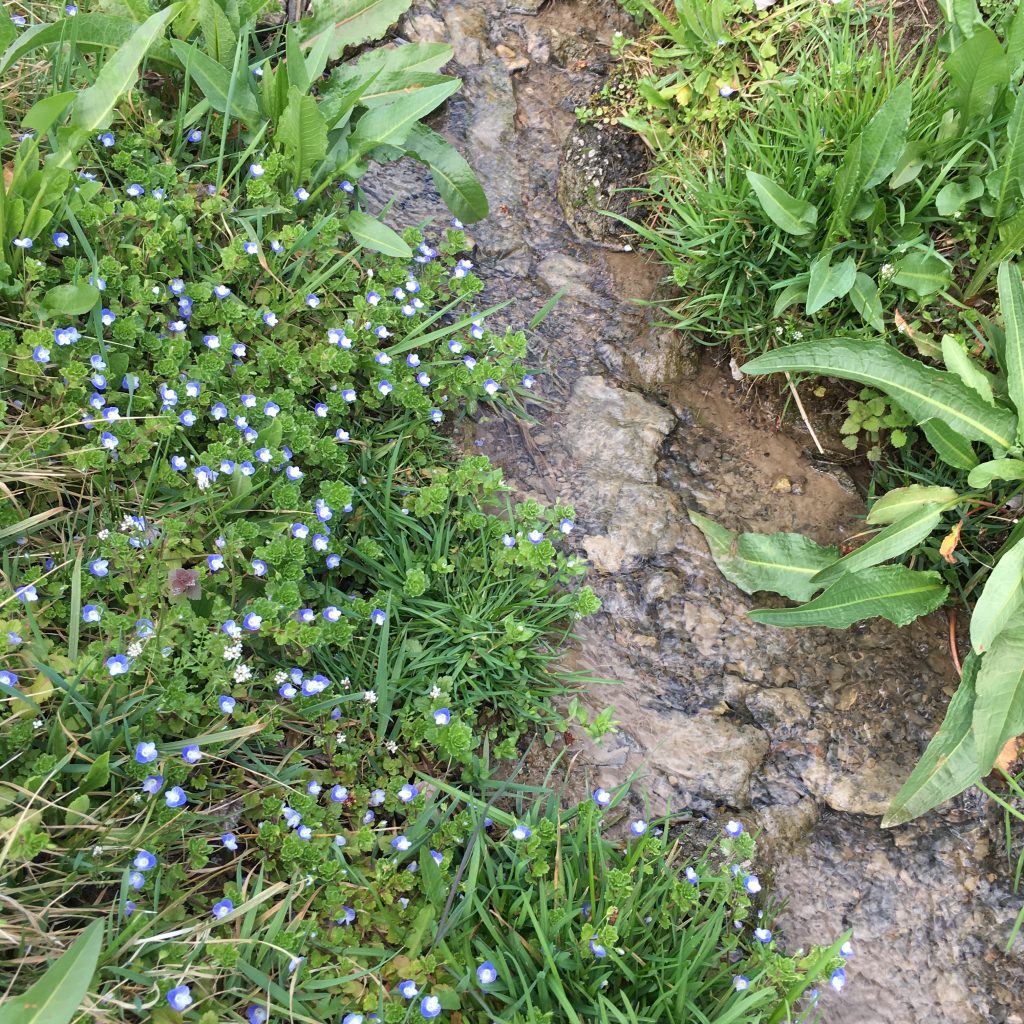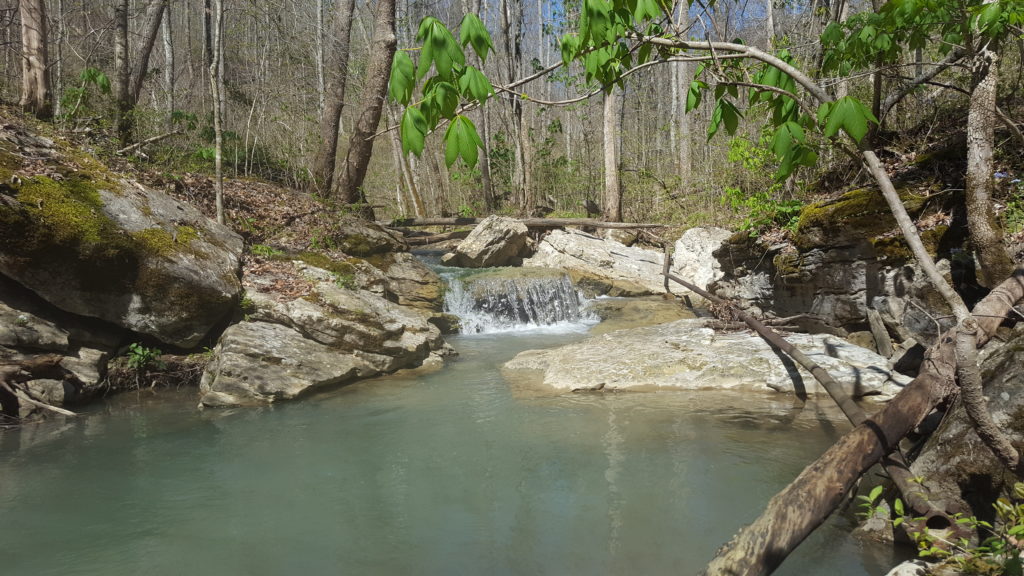The term ‘wildcrafted’ has often been misused as an excuse for reckless harvesting, but we see it as a partnership with nature—a way of collaborating to nurture the vitality and abundance of life, including food and medicine. Sustainable wildcrafting is rooted in a deep, daily connection with the land, learning through years and generations how to enhance nature’s abundance by careful observation and interaction.
For thousands of years, humans thrived by developing intimate relationships with the ecosystems around us, tending and cultivating wild plants that sustained our communities. The modern idea of ‘wilderness’ often misses this point. In reality, many of the world’s so-called wildlands were carefully managed by indigenous tribes and ancient ancestors, fostering the health and diversity of plant life. By working in harmony with nature, they promoted the flourishing of medicinal plants and biodiversity.
The modern approach to land restoration—clear-cutting or planting monocultures—fails to restore the rich biological communities we’ve lost. Instead, we’ve created wildlands with depleted resources, overgrown and filled with invasive species. While the damage caused by colonial and invasive practices may be irreversible in some cases, we can begin to heal the land by adopting regenerative practices. This includes harvesting roots only after seeds have set, replanting root crowns, removing invasive brush, spreading leaf mulch from ravines to hillsides, planting native species, promoting fungal networks that rebuild soil, and using controlled burns at the right time of year. These methods can help us restore the land and its ecosystems to their natural vitality.

Throughout our planet, much of our wildlands were carefully managed by the tribes of each region, including all of our ancient ancestors, in such a way that promoted the health and vigor of wild plant communities. Through careful cultivation, the diversity & range of medicinal plants could flourish & prosper. The modern cut it all down & then ‘hands-off’ and wait, or, plant a single species tree monoculture approach to restoring wild spaces will not get us anywhere towards recovering our once great, damaged biological communities. Instead, we’ve created new wildlands with depleted resources & overly thick, scraggly botanical landscapes rife with numerous harmful invasive species. While invasive warfare cultures have damaged the practices of earth-based cultures around the world beyond full recovery, we can at least get started through simple measures including harvesting roots only after seed is set, re-planting root crowns or divisions of every root that’s harvested, by removing invasive brushy growth from the forest, broadcasting leaf mulch from ravines back up the hillsides, planting fruitful native plants that were supposed to be there, with root networks that connect to fungal-mycelial soil builders, proper seasonal site burn maintenance and countless other methods, to begin healing the land itself.


